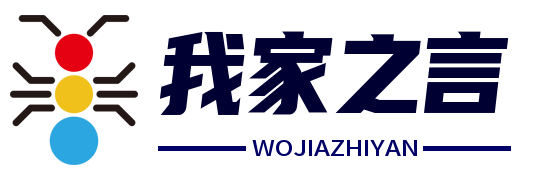Virtual reality (VR) technology has been making waves across various sectors, and the education industry is no exception. With its immersive capabilities, VR has the potential to revolutionize the way we learn and teach. In this article, we will explore the application of VR in the education industry, highlighting its benefits, challenges, and future prospects.
Enhancing Learning Experiences
One of the most significant advantages of VR in education is its ability to create immersive learning experiences. By transporting students to virtual environments, VR can help them better understand complex concepts and engage with the material in a more interactive way. For instance, students can virtually explore the human body, witness historical events, or even visit distant planets, all from the comfort of their classroom.
Skill Development and Training
VR also offers a safe and controlled environment for skill development and training. In fields such as medicine, engineering, and aviation, VR simulations can provide students with hands-on experience without the risks associated with real-world practice. Medical students, for example, can perform virtual surgeries or diagnose patients, while engineering students can design and test prototypes in a virtual space.
Accessibility and Inclusivity
VR has the potential to make education more accessible and inclusive. It can bridge the gap between students from different socioeconomic backgrounds by providing equal access to high-quality educational resources. Additionally, VR can cater to students with special needs, offering tailored learning experiences that accommodate their individual requirements.
Personalized Learning
The use of VR in education allows for a more personalized approach to learning. Students can progress at their own pace, revisiting challenging concepts as needed and exploring areas of interest in greater depth. This personalized learning experience can lead to higher engagement and better retention of information.
Collaboration and Social Interaction
While VR is often associated with individual experiences, it also facilitates collaboration and social interaction. Students can work together on projects in virtual environments, fostering teamwork and communication skills. This collaborative aspect is particularly valuable in subjects that require group work, such as science experiments or problem-solving tasks.
Challenges and Considerations
Despite the numerous benefits, the implementation of VR in education also faces several challenges. These include the high cost of VR equipment, the need for technical expertise, and concerns about the potential negative effects of prolonged VR use, such as motion sickness or eye strain.
Moreover, the development of high-quality VR content requires significant resources and expertise. Educators must ensure that the VR experiences they provide are not only engaging but also educationally valuable and aligned with curriculum standards.
Future Prospects
As VR technology continues to advance, we can expect to see more sophisticated and affordable VR solutions entering the education market. The integration of artificial intelligence (AI) with VR could further enhance personalized learning experiences, adapting to individual student needs in real-time.
Additionally, the development of 5G networks will likely improve the quality and accessibility of VR experiences, making them more feasible for widespread use in education.
Conclusion
The application of VR in the education industry holds great promise for transforming traditional learning methods. By offering immersive, interactive, and personalized experiences, VR has the potential to make education more engaging, accessible, and effective. However, it is crucial to address the challenges associated with its implementation and ensure that VR is used responsibly and ethically to maximize its benefits for students and educators alike. As the technology matures and becomes more integrated into educational practices, VR is poised to play a significant role in shaping the future of learning.







